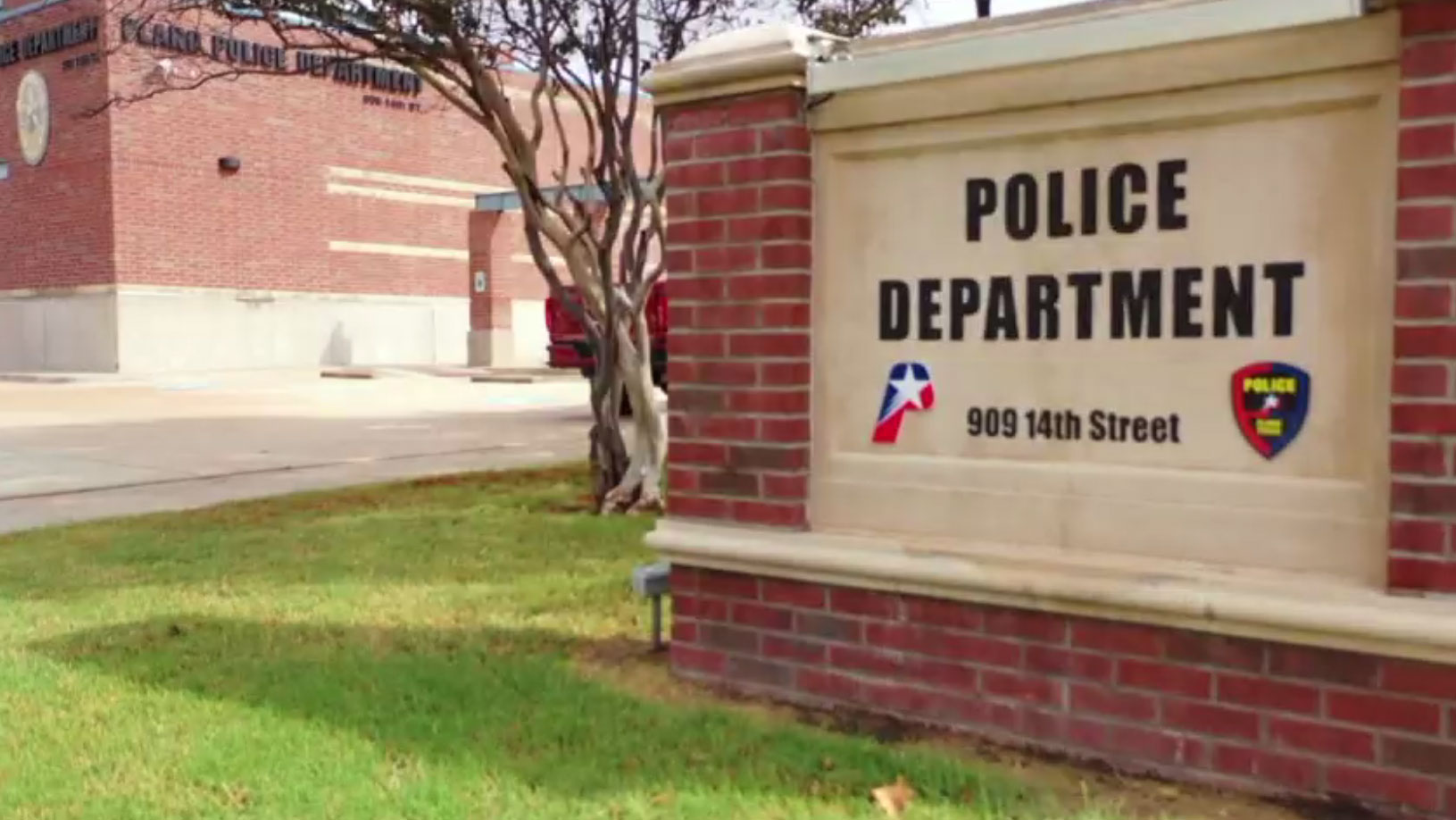History was made in Ranger 100 years ago.
The Abilene Reporter-News reports it happened again this month.
LilliyAna Hernandez, 12, watched as the town's first flag, which she designed, was hoisted up the flagpole, coming to a stop below the Texas and U.S. flags.
A sixth-grader at Ranger Middle School, her flag was chosen out of 101 other submissions by public school students to a committee of civic leaders.
"Everything I incorporated into it is what made Ranger what it is," she said.
Images of a Texas Rangers badge, the 1917 McClesky No. 1 oil well, and a Ranger ISD Bulldog are set against a background of maroon and white diamonds.
"The oil derrick is what made Ranger big," she said.
Local
The latest news from around North Texas.
Ranger is about 65 miles east of Abilene.
Though Ranger's first post office opened in 1880, it wasn't until April 4, 1919, that the town was able to organize under a civic charter. But given the state of the boomtown at the time, it was a dire necessity.
A visit to the Roaring Ranger Oil Boom Museum gives a clear-as-mud example of the town's need for infrastructure.
After that 1917 oil discovery, men with dreams of striking it rich gushed in, blowing the lid off the population. Ranger went from 750 or 1,000 people, to 35,000 and growing practically overnight.
"One gentleman told me when he stepped off a train in November 1919, he said that the sign across the road read, `Ranger, Texas. Population: 45,000. By May of 1920, it will be 50,000,"' recalled Jeane Pruett, a local historian and one-time mayor of Ranger.
"Can you imagine living in a town of 45,000 people with no bathrooms? None whatsoever? That's why they incorporated using a charter," she said.
Setting aside the lack of water utilities, there were no paved streets. Not unusual for most sleepy, West Texas towns back then.
Except for in Ranger, it was literally a perfect storm. A drought-busting deluge turned the dusty streets into treacherous mud-filled sinkholes. One story in the museum recalls a witness seeing a mule drown in three feet of mud.
"I have a picture of a mule that did almost drown right out here where the railroad is," Pruett said. "In the middle of the street!"
Of course, like all booms, this one unfortunately went bust soon after the charter was signed.
Ranger has struggled at times since, but it never had a reason to give up.
"It's had its history and it's had its hard times. We're trying to bring it back," said current Mayor Joe Pilgrim. "There are a few businesses that we're working with right now that we're trying to bring in. There are some things happening, and we want to make them happen."
The April 6 parade was delayed because of rain and some participants weren't able to make it because of storms. But those who did come out when the clouds broke saw a charming small-town procession of local institutions.
Later, gunfighters put on a display near the gazebo after city officials re-enacted the signing of the original charter. A period costume contest finished off the afternoon until a live music show scheduled for later that evening.
Nobody was thinking about mud at the ceremony in front of City Hall, though.
LilliyAna's father, Many, and her mother, Amy Vasquez, were all grins watching their daughter's flag wave in the air over City Hall. Everyone who came also received a smaller hand-held version as well.
"I love my town, I've been here almost all my life," her dad said. "To know that she just made history, I'm a very, very proud father."
A time capsule was dedicated April 7. Many said LilliyAna was planning on including her original sketch of the flag.
"She says someday she will come back, and she wants to help Ranger be Ranger again," he said.
LilliyAna was awarded a plaque and a season pass to Six Flags Over Texas amusement park. But that wasn't the reason why she entered the contest.
"It was because I love Ranger," she said. "My town."



